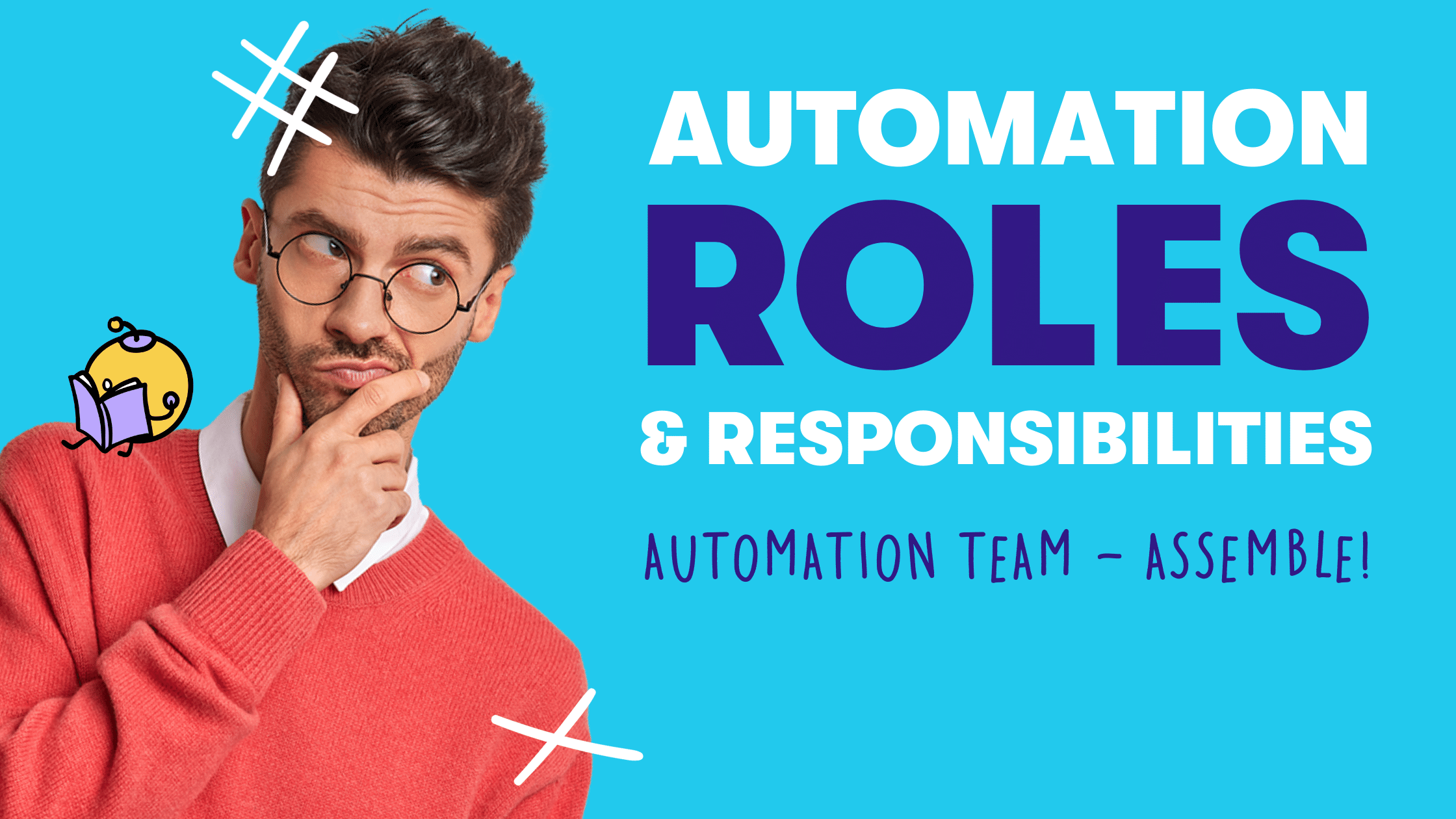Finance processes are complex and demanding with little room for error. Finance Process Automation is the key to minimizing risk, avoiding errors, improving efficiency and compliance.
These days, there's no excuse for finance staff to waste valuable time on cumbersome manual processes. In an era of rapid technological innovation, copying and pasting data between Excel spreadsheets is as obsolete as working with pen and parchment. The range of smart technologies available for Finance Process Automation (FPA) offers a wide variety of ways to automate a wide variety of finance tasks. At present, however, the number of complete end-to-end automations of business processes in areas such as procure-to-pay and order-to-cash is still quite manageable.
What is Finance Process Automation?
Innovative technologies can automate and orchestrate end-to-end financial processes (e.g., record-to-report, order-to-cash) to drive functional improvements.
In particular, the use of machine learning (ML) and deep learning (DL) can significantly increase automation rates in finance. According to Gartner, "financial automation technology integrates machine learning and artificial intelligence (AI) for use in areas such as financial analysis, payroll management, invoice automation, collections, and financial statement preparation. The use of such automated software reduces the need for human intervention in these activities."
Why automate financial processes?
Without the constant drive to improve, finance employees would still be calculating with an abacus. Given the vast amounts of even unstructured data that finance departments must process on a daily basis, finance is approaching a point where the abundance of data can no longer be managed by humans alone. Technologies that have the ability to mimic human action and judgment - especially at high speed, scale, quality and lower cost - are needed to drown in the looming deluge of unstructured data on multiple fronts. Robotic and cognitive automation technologies are shrinking multi-day financial transactions to a few hours or minutes, for example. Shifting from manual to automated processes keeps finance from failing to perform its core functions.
Financial process automation technologies
There are various technological approaches to financial process automation. Process mining enables companies to analyze their finance processes, identify their strengths and weaknesses, and uncover bottlenecks in order to take appropriate automation measures. Process mining tools show finance teams whether their billing processes are taking too long and which steps they can automate in their source-to-pay processes.
Document Automation
Document automation allows electronic documents to be generated from incoming invoices and automatically processed together with the electronically incoming documents. The document generation systems used rely on logic-based systems that use existing text and/or data segments to compile a new document. Technologies such as ML and optical character recognition (OCR) are used to automatically extract invoice data, for example, and validate it by matching it against corporate data and compliance regulations. In this way, most documents such as invoices or financial statements can be created and processed completely automatically.
Robotic Process Automation
Robotic Process Automation (RPA) can be used to automate secretarial tasks in particular. So-called bots extract important information from documents or e-mails in order to insert it into another program, for example. They perform repetitive, rule-based monotonous tasks and interact with different systems via the user interface, allowing employees to focus on higher value-added activities. Chatbots retrieve information from machines using text and speech. Conversational agents automate communication between finance teams and suppliers or customers.
Intelligent Process Automation
The automation of complex processes and workflows is the domain of Intelligent Process Automation (IPA) with its AI-powered technologies. The addition of AI to RPA is the key step in this process as the types of tasks to be automated evolve from rule-based to judgment-based and the scope of automation of tasks evolves to processor orchestration. AI-powered automation is akin to what Gartner calls "hyperautomation."

This involves automating entire processes, not just tasks. For example, machine learning algorithms are used to learn from past transactions and customer decisions, identify decision patterns and make decisions based on those patterns, and run simulations to make provisions for potential adverse scenarios. Integration platforms such as iPaaS (Integration Platform as a Service) orchestrate the interactions of software systems where no human involvement is required. iBPMS (intelligent Business Process Management Suites) provide a faster and more agile development environment and focus on enterprise-wide process discovery, visualization and monitoring.
Advantages of automating financial processes
It is crucial for the success of the entire company that the processing capacities of the finance area can handle the required volume of data and analysis, which is growing disproportionately in the course of increasing digitization in companies. Manual tasks such as account reconciliation and variance analysis require an enormous amount of time and effort. With innovative accounting tools, these steps can be automated.
In addition, the likelihood of created Excel spreadsheets containing errors or information gaps can be drastically reduced. Since every employee in the finance department has their own approach to even standard processes such as double-entry bookkeeping, automating such financial processes creates greater consistency in financial data.
Automated data capture reduces costs and manual errors
Automated, real-time data capture increases the usefulness of business information and enables employees to identify and correct problems or inconsistencies early on. At the same time, automating standard financial tasks reduces the risk of fraud, which, for all the trust placed in your finance team, cannot always be completely eliminated.
With solutions that use RPA and ML algorithms to capture data, a high rate of automation can be achieved for invoice operations. Ultimately, automating financial processing reduces costs and manual errors, strengthens internal controls, enables cash flow optimization, improves transparency thanks to the audit trail of automated transactions, and has a positive impact on supplier and customer satisfaction.
Which financial processes should be automated?
Source-to-Pay (S2P) is the process of selecting a supplier to process all payments. Since S2P processes involve capturing invoice and payment data from multiple systems such as supplier emails, ERP, CRM, banks, retailers, and not all of these systems have easy integration methods, automation is a good choice for this manual, highly labor-intensive activity in any case.
Invoice processing
Accounts payable processes involve collecting, processing, and paying invoices from vendors who have provided products or services to the customer.
Before automation, finance teams manually went through these invoices to spot anomalies in the invoices and resolve issues. Invoice automation enables fully automated processing of most invoices. Using Deep Learning, modern accounts payable automation can extract relevant invoice details via invoice capture, validate, identify duplicates, and create relevant postings automatically.
Financial planning and analysis
A very time-consuming and error-prone task in the context of financial planning and analysis (FP&A) is the creation of financial statements by various departments in the context of financial planning and analysis, which can be at least partially automated. A bot can take on the task of automatically logging into ERP systems and extracting relevant information, reconciling balances from the bank statement to the general ledger, generating standardized financial reports, and consolidating and validating budget and forecast inputs.
Trade receivables
Part of the order-to-cash process are trade receivables that are owed to a company for goods or services that have been delivered or used by customers but not yet booked. Retrieving data from order forms, often submitted by companies as images, can be automated using Deep Learning. Bots can automatically monitor receivables, send customers an automated notification of open balances, and calculate the provision for doubtful accounts.
Payroll
Payroll accounting deals with the organization of employees' remuneration for hours worked. In this context, reporting of errors and omissions in the timesheet, auditing of reported hours against the schedule, calculation of deductions and harmonization of data across multiple timekeeping systems can be automated.
Tax compliance
To calculate their tax burden, companies need experienced and therefore expensive tax professionals. Automation of this process is uniquely suited to simplify the work of the finance team. Specialized accounting software can automatically calculate the tax requirements for each transaction.
Expense management
Managing and tracking corporate expenses is one of the most time-consuming financial processes: Employees keep receipts, fill out expense reports, managers review and approve expense reports, and the finance team processes reimbursement.
Cost management involves dynamic processes that require judgment and involve unstructured, volatile, and high-speed data. Examples include compliance with new accounting standards, expense report review, and vendor invoice processing. Innovative expense management tools make it possible to automate the reconciliation of submitted invoices with expense reports, significantly reducing the time spent managing corporate expenses.
First automate, then integrate
However, automating a number of financial processes is only half the battle. To actually realize the desired gain in efficiency, information must also be exchanged among the different systems. What good is it if accounts receivable is automated but the accounting tool is unable to communicate with inventory management? When using solutions for financial process automation, attention should therefore be paid to a high degree of integration so that information can be exchanged quickly and easily between the individual financial tools and there is no media disruption.
Conclusion
Finance and accounting processes are undeniably extremely complex and demanding business functions. There is little room for error or oversight, unlike other functions in the enterprise. Even small errors or discrepancies can cause enormous damage that can cost companies a lot of money. Finance Process Automation is key not only to minimizing risk and preventing errors, but to improving efficiency and compliance and increasing productivity in an existing financial system. Ultimately, automating the processing of financial information on a larger scale leads to better in-house service and optimized operations, which in turn leads to stronger value orientation and increased agility.







.png)






.png)